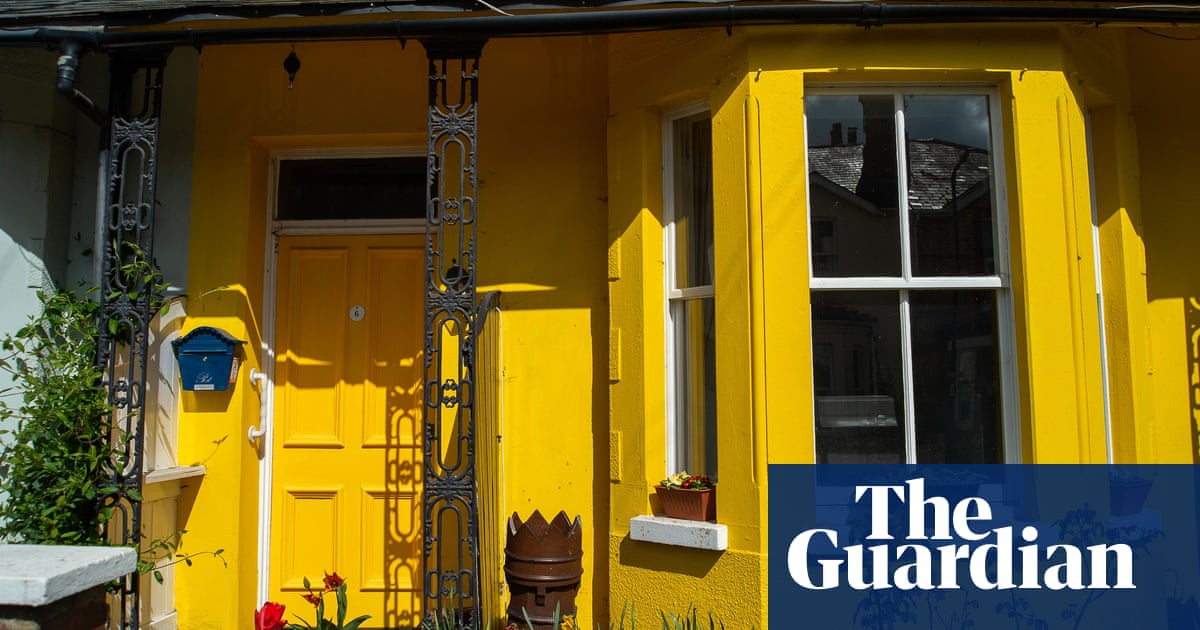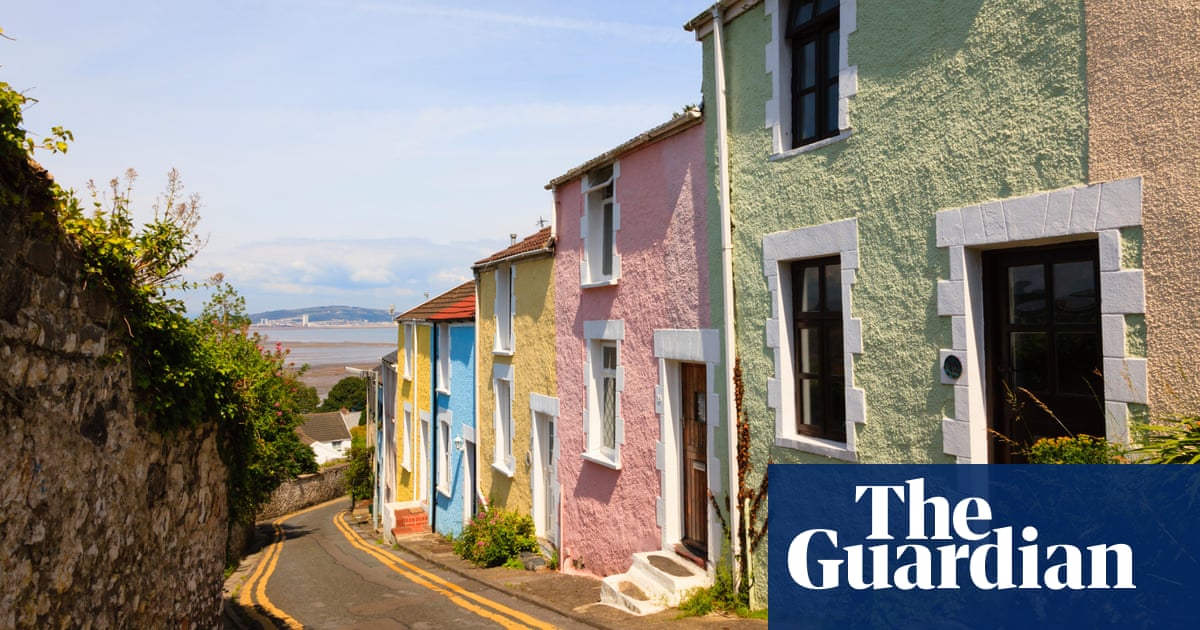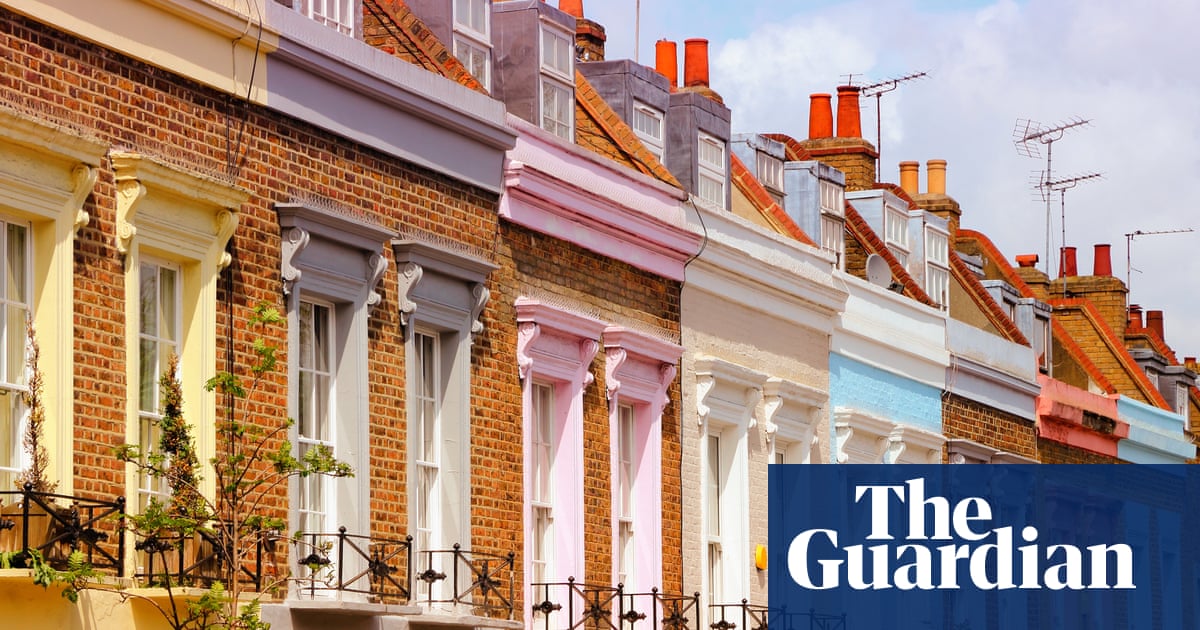
UK house prices rose 2.5% in the year to January, recording the biggest increase since January last year, as lower mortgage rates and fading inflationary pressures led to increased buyer and seller confidence, Halifax has said.
January marked the fourth consecutive monthly rise, with a 1.3% uplift on December, the UK’s biggest mortgage lender said, with the average home costing £291,000, £3,900 more than in December.
Kim Kinnaird, the director at Halifax Mortgages, said: “The recent reduction of mortgage rates from lenders as competition picks up, alongside fading inflationary pressures and a still-resilient labour market has contributed to increased confidence among buyers and sellers.
“This has resulted in a positive start to 2024’s housing market.”
The latest figures from Halifax come as other indicators show an improving outlook, with prices rising and increased activity.
Last week, Nationwide said the outlook for the UK housing market was “more positive” after it reported a 0.7% jump in house prices in January.
The Royal Institution of Chartered Surveyors reported last month that new buyer inquiries had fallen by only 3% in December, which was a strong improvement on the 13% drop recorded in November.
However, Halifax cautioned that while activity and prices had increased recently, interest rates remain elevated compared with historic lows seen in recent years, and demand continued to exceed supply.
Kinnaird said: “Looking ahead, affordability challenges are likely to remain and further modest falls should not be ruled out, against a backdrop of broader uncertainty in the economic environment.”
The 2.5% annual increase was driven by areas outside the housing market hotspots of London and the south-east, which have continued to experience a correction in property prices.
Northern Ireland recorded the strongest growth across all nations, with the average house price £195,760, up 5.3% on last year. Scotland and Wales also experienced positive growth at 4% on an annual basis.
Experts have suggested that the growth in prices in Northern Ireland is because of a weak supply of properties coming on to the market and a drop in the number of new homes being built.
Prices in the south-east dropped by 2.3% year on year, while there was a 2% drop in the east of England, the south-west fell by 1.4% and London dropped by 0.4%.
The average house price in London is just under £530,000, £150,000 higher than the south-east, the second most expensive place to buy.












